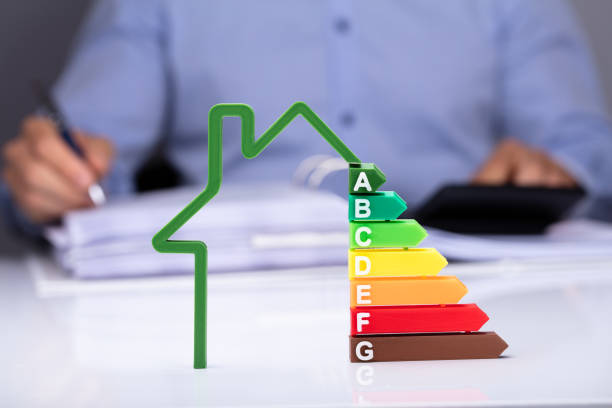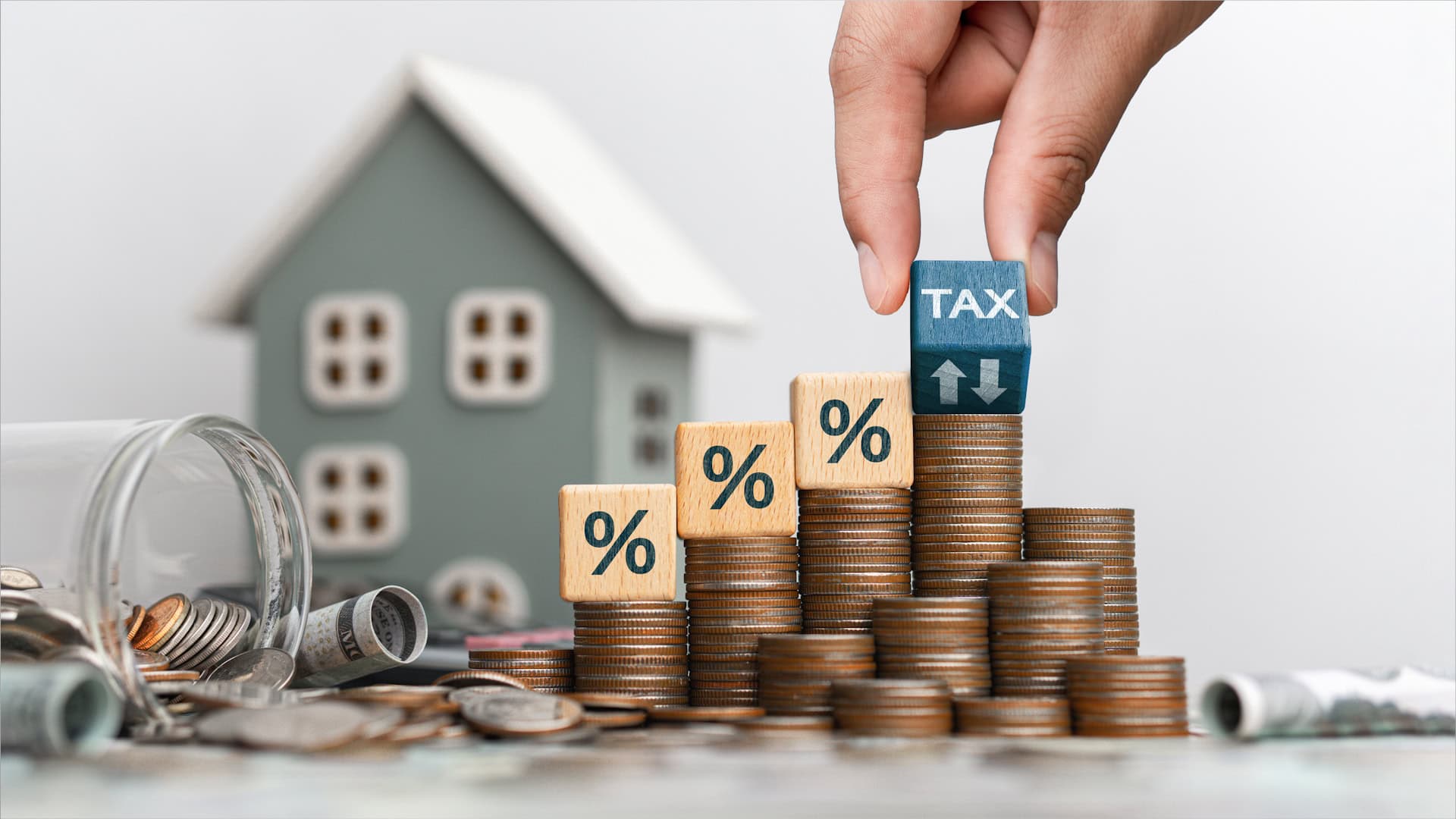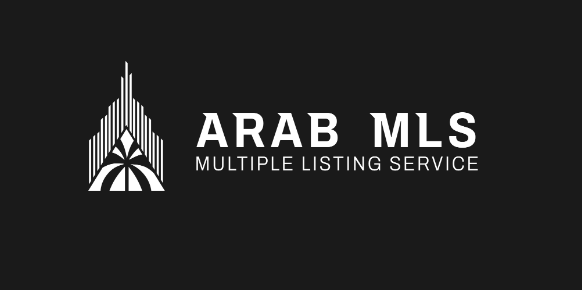In a world increasingly defined by climate change, rising energy costs, and growing demands for sustainable practices, energy efficiency audits have emerged as a vital tool for homeowners, businesses, and institutions alike. These audits provide detailed insights into how energy is used in a building and identify opportunities to reduce consumption, save money, and lower environmental impact. This article explores what energy efficiency audits are, how they work, and why they are essential in today’s energy-conscious environment.
What Is an Energy Efficiency Audit?
An energy efficiency audit, also known as an energy audit, is a thorough inspection and analysis of a building’s energy use. The goal is to assess how much energy is being consumed, where inefficiencies lie, and how improvements can be made to enhance energy performance. Audits can range from a simple walk-through to a detailed engineering analysis, depending on the size and complexity of the building and the desired outcomes.
Key Components of an Energy Audit
An energy audit typically involves several stages:
Data Collection
Auditors collect information about the building, including utility bills, building design, occupancy patterns, and operational schedules. This data helps establish a baseline of energy use.
Site Inspection
During an on-site assessment, auditors inspect heating, ventilation, and air conditioning (HVAC) systems, lighting, insulation, windows, and other energy-related components.
Energy Analysis
Using software tools and engineering calculations, the auditor analyzes how energy flows through the building. This analysis highlights inefficiencies and pinpoints areas with the greatest potential for savings.
Recommendations
The final report includes a prioritized list of energy-saving measures. These may include upgrading to LED lighting, improving insulation, optimizing HVAC systems, installing smart thermostats, or even integrating renewable energy sources.
Cost-Benefit Evaluation
Each recommendation is typically accompanied by an estimate of implementation costs, expected savings, and the payback period. This helps decision-makers determine which upgrades make financial sense.
Benefits of Energy Efficiency Audits
Cost Savings
One of the most compelling reasons to conduct an energy audit is the potential for significant cost reductions. By implementing suggested improvements, many organizations and homeowners can reduce energy bills by 10% to 30% or more.

Improved Comfort and Performance
Enhancements such as better insulation and efficient HVAC systems contribute to more consistent indoor temperatures, improved air quality, and overall comfort for occupants.
Environmental Impact
Reducing energy consumption directly translates to fewer greenhouse gas emissions. Energy audits support broader climate goals by helping buildings lower their carbon footprints.
Regulatory Compliance and Incentives
Many jurisdictions require energy audits for certain types of buildings or offer incentives for energy-efficient upgrades. Conducting an audit ensures compliance and opens the door to grants, rebates, and tax credits.
Increased Property Value
Energy-efficient buildings are often more attractive to buyers and tenants. Upgrades made following an energy audit can increase property value and marketability.
Who Should Get an Energy Audit?
Energy audits are beneficial for a wide range of users:
-
Homeowners can identify simple and affordable ways to cut utility bills and improve comfort.
-
Businesses benefit from reduced operating costs and enhanced corporate sustainability profiles.
-
Schools and Government Buildings can stretch limited budgets further by lowering energy expenses.
-
Industrial Facilities often have complex energy systems, making audits a critical part of operational efficiency.
Types of Energy Audits
There are generally three levels of energy audits:
Level 1: Walk-Through Assessment
A basic survey of the building’s energy use. It identifies obvious opportunities for savings and is typically low-cost.
Level 2: Energy Survey and Analysis
A more detailed analysis, including energy use patterns, equipment performance, and financial analysis of potential upgrades.
Level 3: Detailed Analysis of Capital-Intensive Modifications
The most comprehensive type, involving in-depth engineering studies and modeling. Often used for large facilities or before major capital investments.
Choosing the Right Auditor
When selecting an energy auditor, consider the following:
-
Certifications: Look for credentials such as Certified Energy Manager (CEM) or accreditation from organizations like the Association of Energy Engineers (AEE).
-
Experience: Choose professionals with a track record in your building type (residential, commercial, industrial).
-
References and Reviews: Ask for references or case studies from previous clients.
-
Customization: Ensure the audit can be tailored to your specific goals, whether that’s cost savings, sustainability, or regulatory compliance.
Taking Action After the Audit
An energy audit is only as valuable as the actions taken afterward. Implementing recommendations, even in stages, can lead to significant returns. Prioritize low-cost, high-impact upgrades first, and plan for larger investments over time. In many cases, energy service companies (ESCOs) can help finance improvements through performance contracts, where savings pay for the upgrades.
Conclusion
Energy efficiency audits are a powerful yet underutilized tool in the pursuit of sustainability, cost savings, and better living and working environments. Whether you’re a homeowner looking to cut utility bills or a business aiming to enhance competitiveness and environmental responsibility, an energy audit is a smart step forward. With rising energy costs and growing pressure to reduce carbon emissions, there’s never been a better time to understand how your building consumes energy—and what you can do about it. Investing in an energy audit today can lead to a cleaner, more efficient tomorrow.
Frequently Asked Questions
What is the purpose of an energy efficiency audit?
The primary purpose of an energy efficiency audit is to assess how energy is being used within a building and identify opportunities to reduce consumption, lower utility bills, and improve comfort. Audits help pinpoint inefficiencies in systems such as HVAC, lighting, insulation, and appliances, and provide recommendations for cost-effective improvements. Additionally, audits can support compliance with energy regulations and contribute to environmental sustainability goals.
What information do I need to provide for an energy audit?
You typically need to provide:
-
Utility bills from the past 12 months (electricity, gas, water, etc.)
-
Building floor plans or blueprints (if available)
-
Occupancy and usage patterns (when and how spaces are used)
-
Maintenance history of major systems like HVAC
-
Details of existing equipment, such as lighting types, thermostats, or insulation
This information helps the auditor establish a baseline and better understand how energy flows within the space.
How long does an energy audit take?
The duration depends on the audit level and building size:
-
Level 1 (Walk-through Audit): Typically 1–4 hours for a residential or small commercial building.
-
Level 2 (Detailed Audit): May take 1–2 days, including data collection and equipment inspection.
-
Level 3 (Comprehensive Audit): Can take several days to weeks, particularly for large, complex, or industrial facilities.
After the inspection, compiling the report and analysis may take additional time, usually 1–2 weeks.
What are the typical findings of an energy audit?
Typical findings include:
-
Inefficient lighting, such as outdated incandescent bulbs
-
Air leaks around windows, doors, and ductwork
-
Poor insulation in walls, roofs, or basements
-
Old or oversized HVAC systems that consume excessive energy
-
Unoptimized thermostat settings or lack of programmable controls
-
Phantom loads from electronics that consume power even when off
-
Opportunities to install renewable energy systems, like solar panels
Auditors quantify energy waste and offer actionable solutions.
Will I need to make major changes to my building after the audit?
Not necessarily. Many energy-saving measures are low-cost or no-cost, such as:
-
Sealing air leaks
-
Adjusting thermostat settings
-
Replacing light bulbs
-
Using energy-efficient power strips
However, some recommendations may involve capital investments, like: -
Replacing an old HVAC system
-
Upgrading insulation
-
Installing smart building controls
These changes usually have a payback period, where energy savings offset the upfront cost over time.
How much money can I save from implementing audit recommendations?
Savings vary depending on the building type, its current efficiency, and the scope of implemented changes. On average:
-
Residential properties may save 10–30% on energy bills
-
Commercial buildings often see savings of 15–40%
For example, upgrading from incandescent to LED lighting can reduce lighting energy use by 75–80%, and sealing air leaks may cut heating/cooling costs by 10–20%. The audit report usually includes a cost-benefit analysis for each recommendation.













